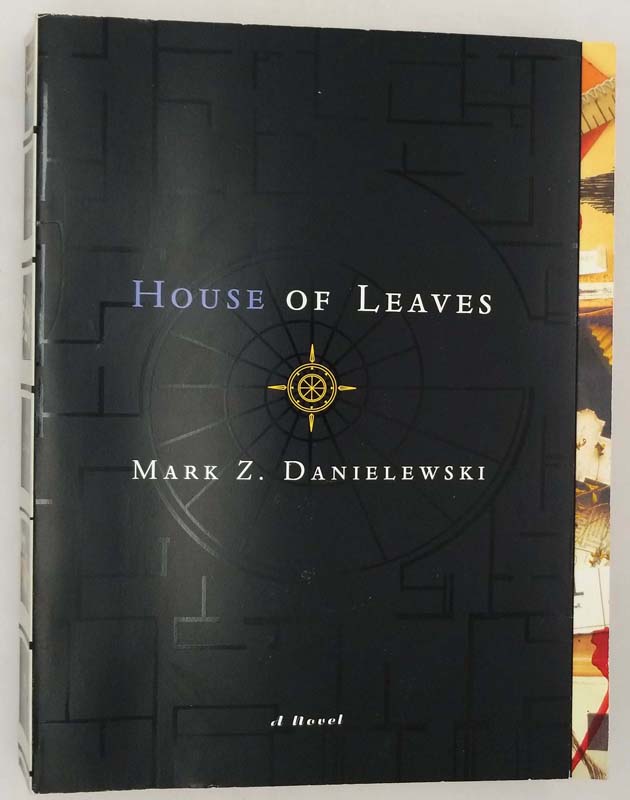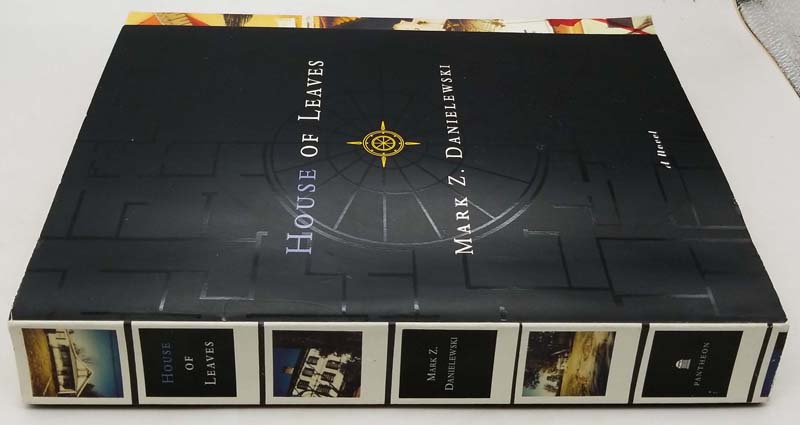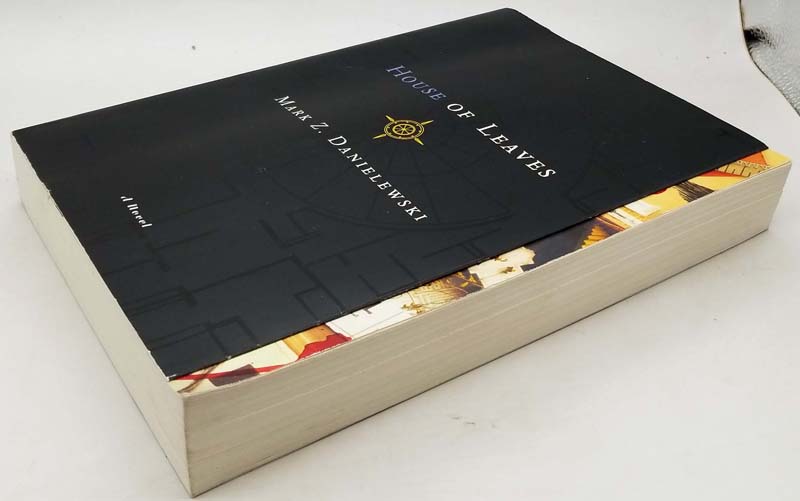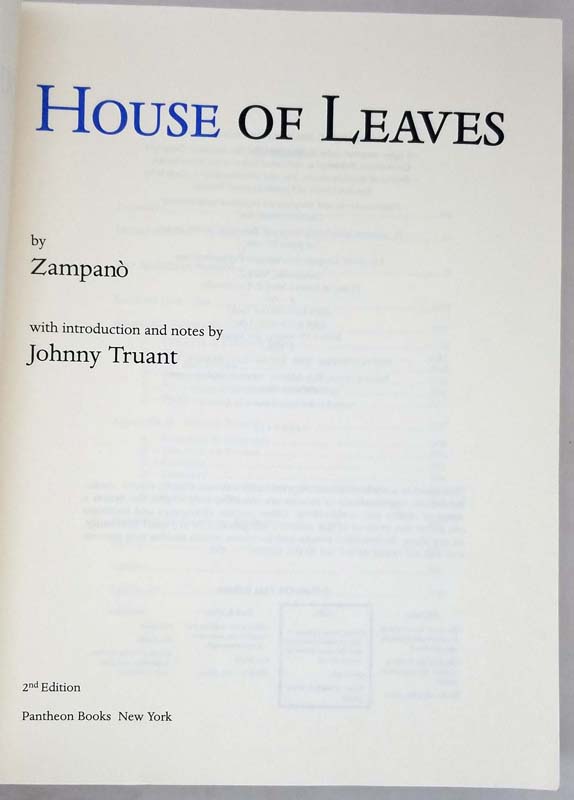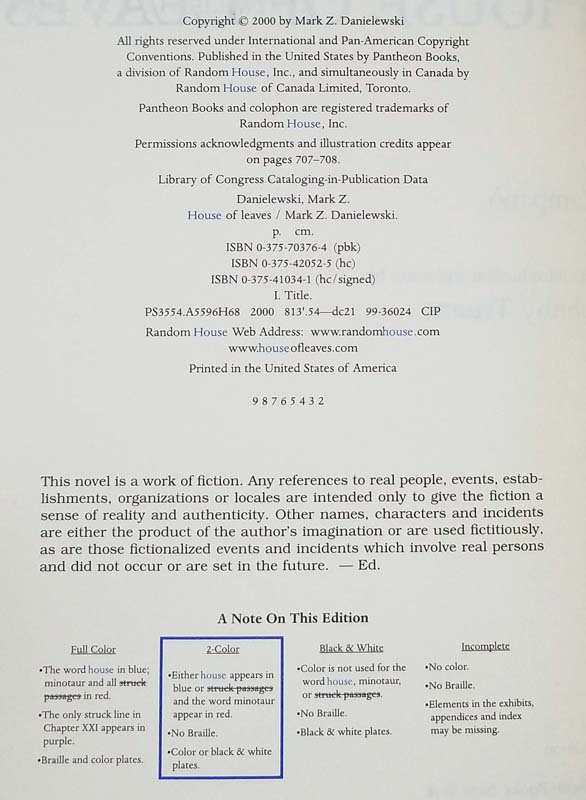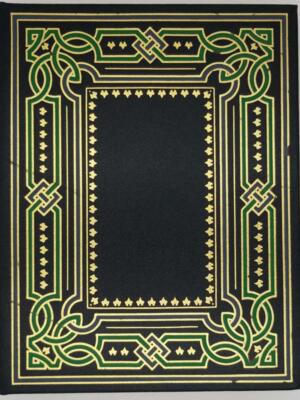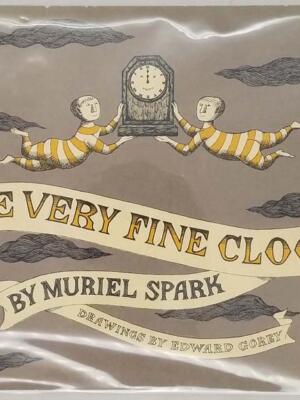A groundbreaking work of experimental fiction, House of Leaves (2000) by Mark Z. Danielewski is a labyrinthine novel that defies conventional storytelling through its unsettling structure, layered narratives, and obsessive attention to typographical design. The book follows multiple interconnected threads:
-
The Navidson Record: A fictional documentary about photojournalist Will Navidson, who discovers his house’s impossible physical anomaly—an endlessly shifting hallway that defies the laws of space. As he and others explore this growing void, their descent into the house becomes a psychological and metaphysical nightmare.
-
Zampanò’s Academic Analysis: The documentary is “analyzed” by a blind, deceased scholar named Zampanò, whose fragmented, footnoted manuscript examines The Navidson Record with increasing paranoia, blending film criticism, mythology, and personal obsession.
-
Johnny Truant’s Annotations: A troubled tattoo shop employee discovers Zampanò’s work and becomes consumed by editing it, his own spiraling mental state reflected in chaotic footnotes and digressions.
Danielewski’s novel is as much about the act of reading as it is about horror. The text’s formatting—mirroring the house’s disorientation—includes:
✓ Text that spirals, fades, or runs backward
✓ Footnotes within footnotes
✓ Multiple competing narratives
✓ Hidden codes and references
Thematically, House of Leaves explores isolation, unreliable perception, and the nature of fear itself. Its nested narratives and visual experimentation have made it a cult classic, often compared to Borges’ Labyrinths or Pale Fire in its playful, cerebral horror. More than a haunted house story, it’s a meditation on the voids we confront—in our homes, our minds, and the stories we tell about them.
